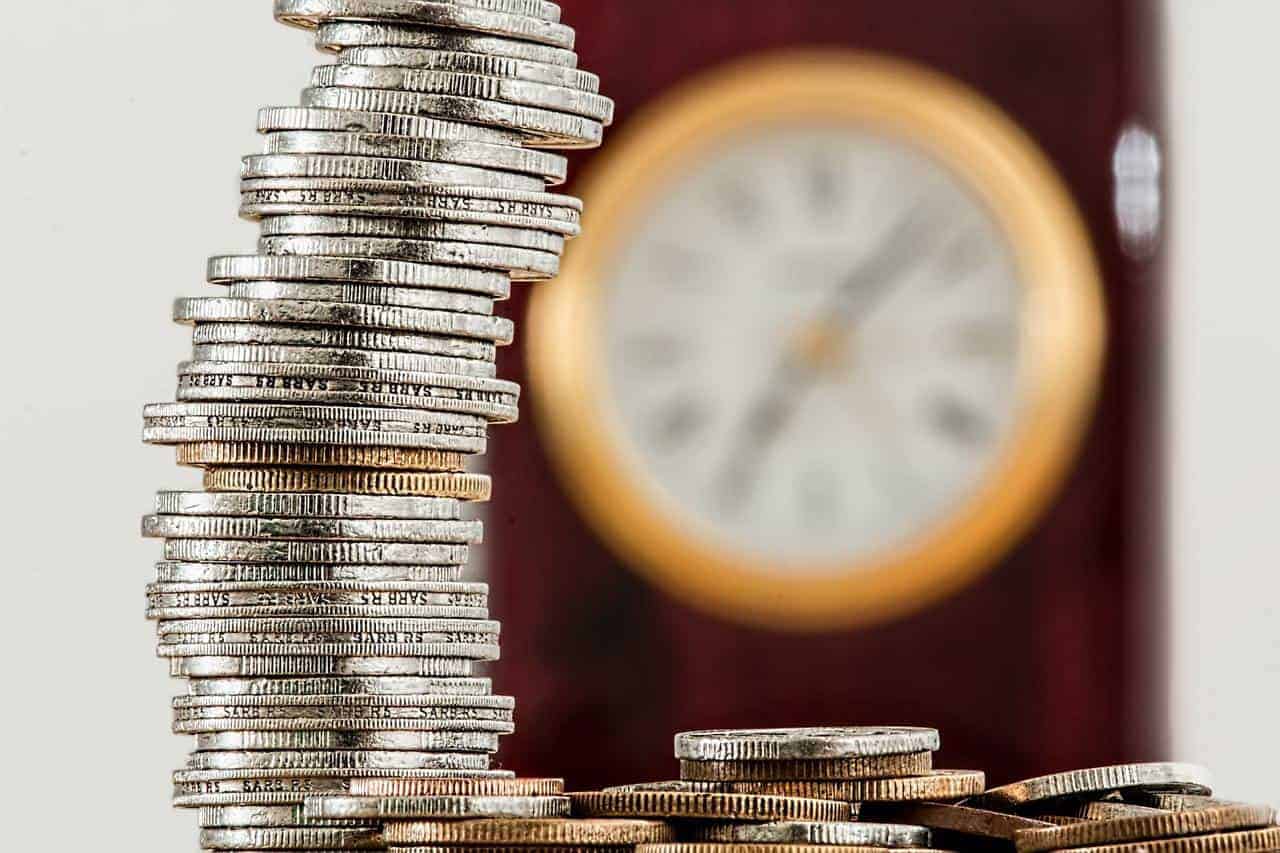Subprime credit card debt Vs. subprime mortgage debt: For the middle class especially, keeping up with the Joneses is putting them further in debt. Debt that is hard to overcome. If things like credit scores and debt-to-income ratio are foreign to you, you’re not alone. For many Americans, spending the money is easy, but knowing how the numbers impact you is another story. And this can affect what you can and can’t afford and how much you’ll pay in the end.
Subprime Credit Explained
When trying to get a loan, the approving bank looks at your credit score. You can have a score anywhere from 300 to 850, and the higher, the better. If your score falls below 620, you’re considered a subprime candidate.
Characteristics of those with subprime credit include a few factors. You might not have established your credit yet, as is the case with young adults. So lenders look at several factors to determine whether they’ll give you a loan. For example, how much credit are you using? If you’re using more than 30% of your income towards debt, that’s not as favorable. Late payments also look bad. And if you’ve defaulted on a loan or filed bankruptcy, that can leave some serious black marks on your credit.
How Being Subprime Affects You
Being a subprime credit applicant means that you’re more of a risk to the banks that loan you the money. It also means they can charge you more interest. You may also have to jump through more hoops to get approved. Some lenders may require a cosigner who has good credit, which puts part of the burden on them should you default on your loan. It could also mean a higher down payment is required to secure your loan. Want extra perks such as miles or cash back? That won’t be as likely if you’re in the subprime category.
This doesn’t mean that you shouldn’t get a credit card, mortgage, or other loans if you’re in the subprime category, it just means you need to be smarter about when you utilize them. There are pros and cons to getting a subprime loan. They are easy to be approved for and can be useful. But they can mean higher costs and more strict income demands.
Types of Subprime Debt
There are several types of debt. Car loans, mortgages, credit cards, education-based loans, home improvement loans, and general loans. For this article, the focus will be on two of the more common debts.
Subprime Credit Card Debt
Credit card debt is often accrued because of frivolous purchases. But that isn’t always the case. Medical debt, unexpected expenses, or low income that means putting necessary items on the credit card to survive also happen often. For these situations, borrowers need credit cards, and if their credit is subprime, getting one will come at a higher cost.
Usually, subprime credit card debt accrues a higher interest rate that accumulates monthly based on that month’s total balance. They might have extra fees associated with them, such as late payment fees, that can increase each time you miss a payment, or annual fees to use the card. Sometimes, it might mean qualifying for a secured credit card, which is one that requires an upfront payment as a type of insurance policy.
Subprime Mortgage Debt
Subprime mortgage debt is debt from obtaining a housing loan. It was designed to help people with less-than-perfect credit, or subprime credit, achieve the American dream of owning a home. But because the interest rate is significantly higher, you’ll end up paying more for your home in the long run. There are several different types of subprime mortgage debt you could fall under; a few are listed below:
- Dignity Mortgage: this new form of mortgage debt is promising. You’d pay the subprime rate for five years, but if you can keep up your payments, your interest rate will go down to the standard rate that prime borrowers pay.
- Adjustable-Rate Mortgage: for the beginning of the loan, you pay a fixed rate of interest, but after the grace period, your interest rate becomes variable, meaning you could be surprised by a larger payment than you can afford.
- Interest-Only Mortgage: with this loan, you pay interest only for a set time, but then you’re responsible for both the interest and the remaining loan balance, with no extra time to pay the loan off.
- Fixed-Rate Loan: it is possible to get a fixed-rate loan, but the interest will be higher, and while the payments might be lower, it could mean adding 10 or more years to the loan.
Which Subprime Debt is Worse?
In determining which type of debt is worse, the situation matters. Consider the interest rate, the length of time to pay it off, the amount of spending you’ll do, the type of house you want, your job security, etc. You’ll also need to decide whether you are ready to get ahead.
Looking at a Few Situations to Compare Can be Beneficial:
- You have necessary expenses you can’t afford and can’t cut costs anywhere else. Subprime credit card debt could be useful here, especially if you have a plan to pay it down. At the same time, you take out a subprime mortgage even though it’s more cost-effective to rent. In this case, the subprime mortgage is worse, especially if it takes money away from what you could pay towards the credit card.
- You are living paycheck to paycheck and have a subprime mortgage. You also have a credit card with high interest because you wanted to pay for luxuries like cable, the newest iPhone, or getting your nails done. In this case, subprime credit card debt is worse because it’s unnecessary and will just put you in further debt.
Making the Best Decision for You
Ultimately, how you decide to handle your money is up to you. But consulting with someone who is financially literate can be the first step to deciding which route to pursue.







